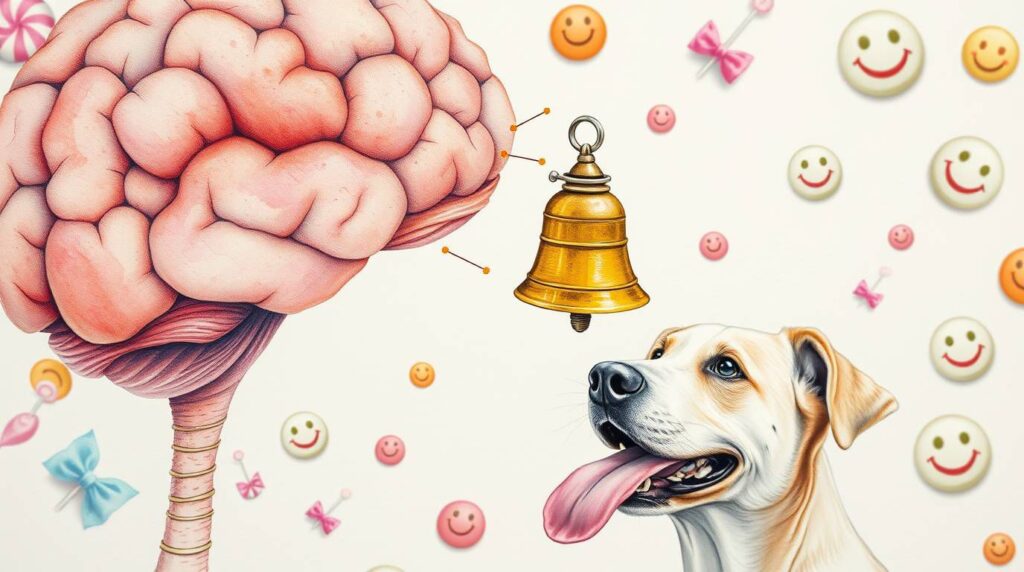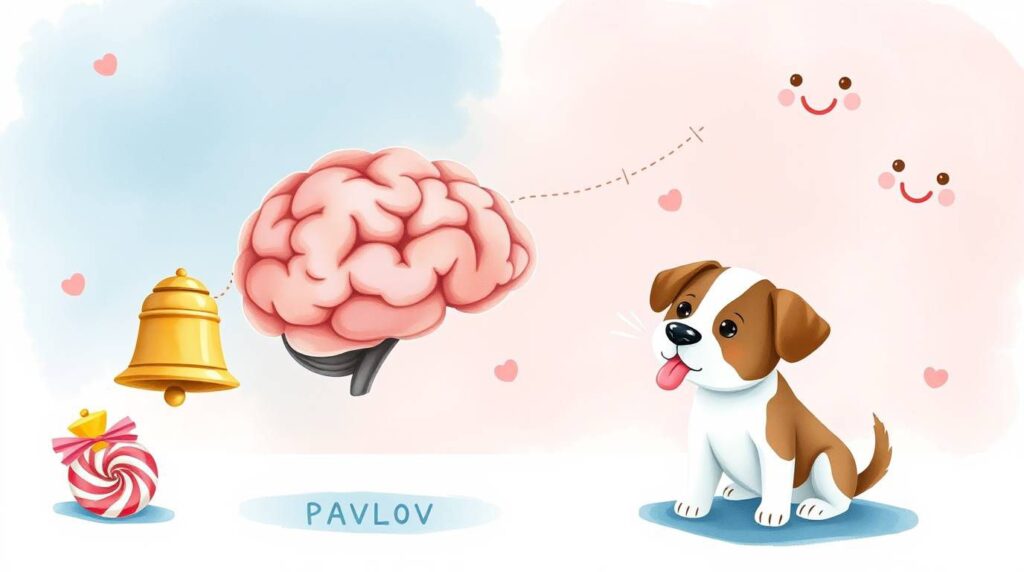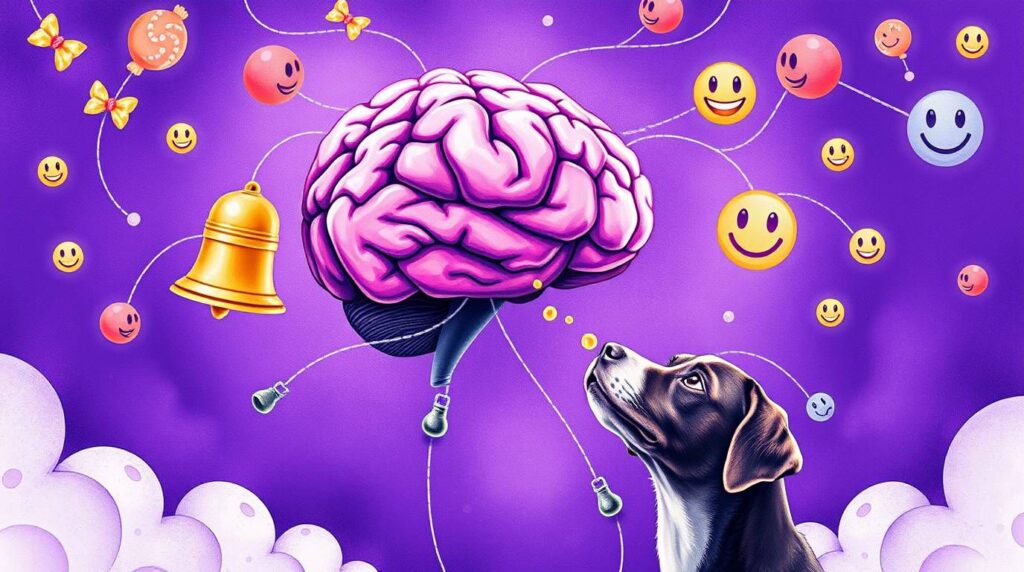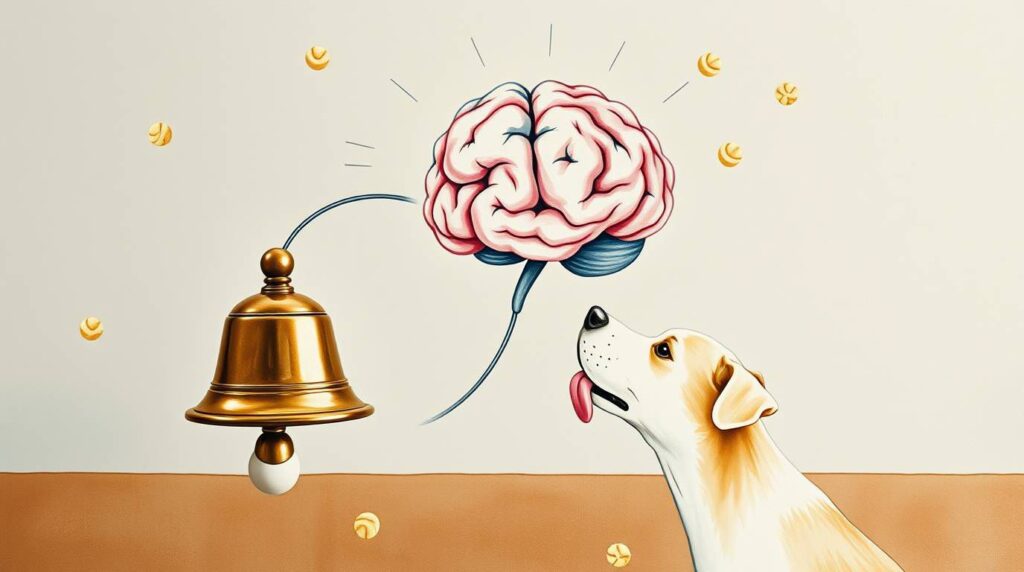How Does Classical Conditioning Work 2025
How Does Classical Conditioning Work 2025
Classical conditioning is one of the most fundamental and widely studied learning processes in psychology. It explains how living organisms, including humans, can learn to associate one stimulus with another, leading to a change in behavior over time. This theory has profound implications in psychology, education, behavioral therapy, and even marketing.
Book-Level Explanation (University Standard)
Classical conditioning, also known as Pavlovian conditioning, is a type of associative learning in which a previously neutral stimulus becomes capable of eliciting a response after being paired repeatedly with a stimulus that naturally elicits that response. This concept was first demonstrated by Russian physiologist Ivan Pavlov in the early 20th century through his famous experiments on dogs.
Key Terminologies:
- Unconditioned Stimulus (UCS): A stimulus that naturally and automatically triggers a response (e.g., food).
- Unconditioned Response (UCR): A natural reaction to the UCS (e.g., salivation).
- Neutral Stimulus (NS): A stimulus that initially produces no specific response (e.g., a bell).
- Conditioned Stimulus (CS): Previously neutral stimulus that, after association with the UCS, triggers a learned response.
- Conditioned Response (CR): The learned response to the previously neutral stimulus.
Process of Classical Conditioning:
- Before Conditioning:
- UCS → UCR
- NS → No Response
- During Conditioning:
- NS + UCS → UCR (Repeated Pairing)
- After Conditioning:
- CS (formerly NS) → CR
Example:
In Pavlov’s experiment:
- UCS = Food
- UCR = Salivation
- NS = Bell
- After repeated pairings of bell + food:
- CS = Bell
- CR = Salivation
Applications:
- Therapy: Treating phobias using systematic desensitization.
- Marketing: Associating products with pleasant stimuli to enhance consumer appeal.
- Education: Using rewards to reinforce learning behavior.
- Medical: Explaining psychosomatic responses, such as nausea in chemotherapy patients triggered by hospital smells.
Easy Explanation (For Simpler Understanding)
Imagine every time you eat your favorite food, you hear a specific song playing. After some time, just hearing that song might make your mouth water—even if there’s no food around. That’s classical conditioning!
Let’s break it down in very simple terms:
- Step 1: Something naturally makes you react (like food makes you drool).
- Step 2: Something else (like a sound) happens at the same time.
- Step 3: Your brain starts connecting the two.
- Step 4: Eventually, that new thing (the sound) makes you react the same way—even without the original trigger.
Think of it like teaching your brain to expect something just because two things happened together over and over.
A Real-Life Example:
Let’s say a teacher rings a bell before giving candy to students. After doing this for a week, just hearing the bell might make students excited or even start to drool—because their brain thinks candy is coming!




Scientific Applications in 2025:
Classical conditioning principles are still relevant today, especially in the fields of behavioral neuroscience and artificial intelligence. In 2025, AI systems inspired by associative learning are being used to build more intuitive and emotionally responsive machines. Similarly, modern therapies for PTSD and anxiety still incorporate classical conditioning methods to help patients “unlearn” harmful associations.
Final Thoughts
Classical conditioning shows us that learning doesn’t always have to be conscious—it can happen passively, just by experiencing events together. It’s a powerful way our brains make sense of the world and adapt our behavior accordingly.
External Reference Link:
To learn more about the science of classical conditioning, you can visit the Wikipedia article:
https://en.wikipedia.org/wiki/Classical_conditioning
Internal Blog Recommendations from EdgyThoughts.com:
- What If AI Became the Primary Educator 2025
https://edgythoughts.com/what-if-ai-became-the-primary-educator-2025 - How Does Dopamine Shape Decision Making 2025
https://edgythoughts.com/how-does-dopamine-shape-decision-making-2025
Disclaimer:
The “easy explanation” above is for conceptual understanding only. It simplifies complex psychological mechanisms into relatable analogies. Please note that writing this simplified version in academic exams may result in loss of marks. For school or university purposes, always refer to the book-level explanation or consult your syllabus.
Why Smart Rings Are the Next Big Thing 2025
https://edgythoughts.com/why-smart-rings-are-the-next-big-thing-2025/
Why Is Zero So Powerful in Math 2025
https://edgythoughts.com/why-is-zero-so-powerful-in-math-2025/





